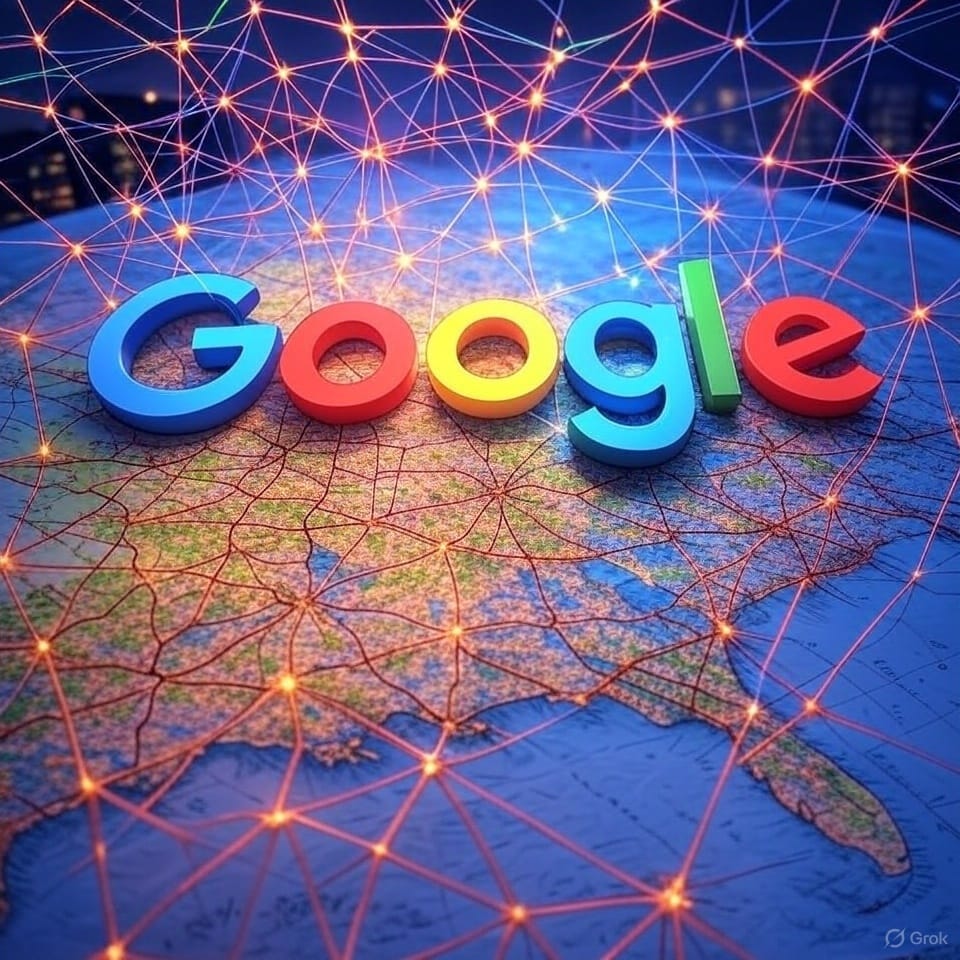- Shortlysts
- Posts
- Google Sparks AI Boom with $25B Energy Investment
Google Sparks AI Boom with $25B Energy Investment
Google’s $25B AI infrastructure gamble fuses big tech, clean energy, and America’s grid — reshaping how AI grows and who it empowers.

What Happened
In a sweeping announcement at an AI and energy summit in Pittsburgh, Google made a $25 billion commitment to building a network of data centers across the PJM Interconnection, the largest electric grid in the United States, covering parts of 13 states from the Midwest to the Mid-Atlantic. These centers will be optimized for AI operations and powered, in part, by clean energy.
As part of the deal, Google also inked a 20-year agreement with Brookfield Asset Management to buy 3,000 megawatts of hydroelectric power. The $3 billion contract, the largest clean energy agreement of its kind in U.S. history, involves upgrades to two major hydro plants in Pennsylvania. It’s a two-pronged plan: ramp up computing capacity for AI while also keeping the carbon footprint in check.
Google says this initiative is a cornerstone of its push toward operating entirely on carbon-free energy by 2030. President Trump, who attended the summit, praised the investment as a sign of “American innovation and industrial might.”
Why It Matters
An announcement of this magnitude reveals a major shift in how AI will be powered in the future, literally and figuratively. AI models like ChatGPT, image generators, and enterprise machine learning platforms require immense computational resources. That means massive data centers and equally massive power demands.
Until now, the spotlight has been on AI’s potential and risks. However, this announcement highlights a key reality: if AI is going to scale, the infrastructure behind it must scale, too — and fast.
I've just identified the single crypto that's positioned to explode from J.P. Morgan and BlackRock's massive blockchain initiative.
This isn't speculation—the world's largest financial institutions are actively moving real-world assets onto the blockchain RIGHT NOW.
When trillions in assets migrate to this specific protocol, early investors could see gains of 10X, 50X, or potentially even 150X+:
The window for early positioning is closing fast as institutional money floods in.
That’s where the PJM grid comes in. It’s the backbone of much of America’s industrial and digital activity, managing power distribution for over 65 million people. But in strategically placing AI data hubs along this grid and tapping into clean hydropower, Google is betting on a future where AI can grow without overloading the nation’s energy systems.
It’s also a smart economic move, as such an investment in hydro effectively revitalizes aging infrastructure while also creating jobs in historically industrial regions like western Pennsylvania and Ohio. It also gives Google strategic control over energy sources in a region that’s central to America’s economic output.
How It Affects Readers
While this investment might not seem particularly notable at the moment, it is certainly poised to shape the digital experience in big ways.
Faster, more powerful AI tools will become more reliable and widespread as Google increases its backend capabilities. Smarter searches, better voice assistants, more capable software, and even AI features built into everything from medical tools to creative platforms are on the horizon.
This announcement will also affect energy markets, job creation, and regional economic development. For individuals living in one of the PJM states such as Pennsylvania, Ohio, Virginia, or Illinois, you may see increased investment, new tech jobs, and growing interest from other companies following Google’s lead.
It also puts a spotlight on who is set to gain from all this new AI muscle, as not every region will get billion-dollar data centers or clean energy deals. As Google builds out its physical footprint, it’s drawing a new tech map that determines which communities get jobs, infrastructure, and faster access to next-gen tools, and which ones get left behind.